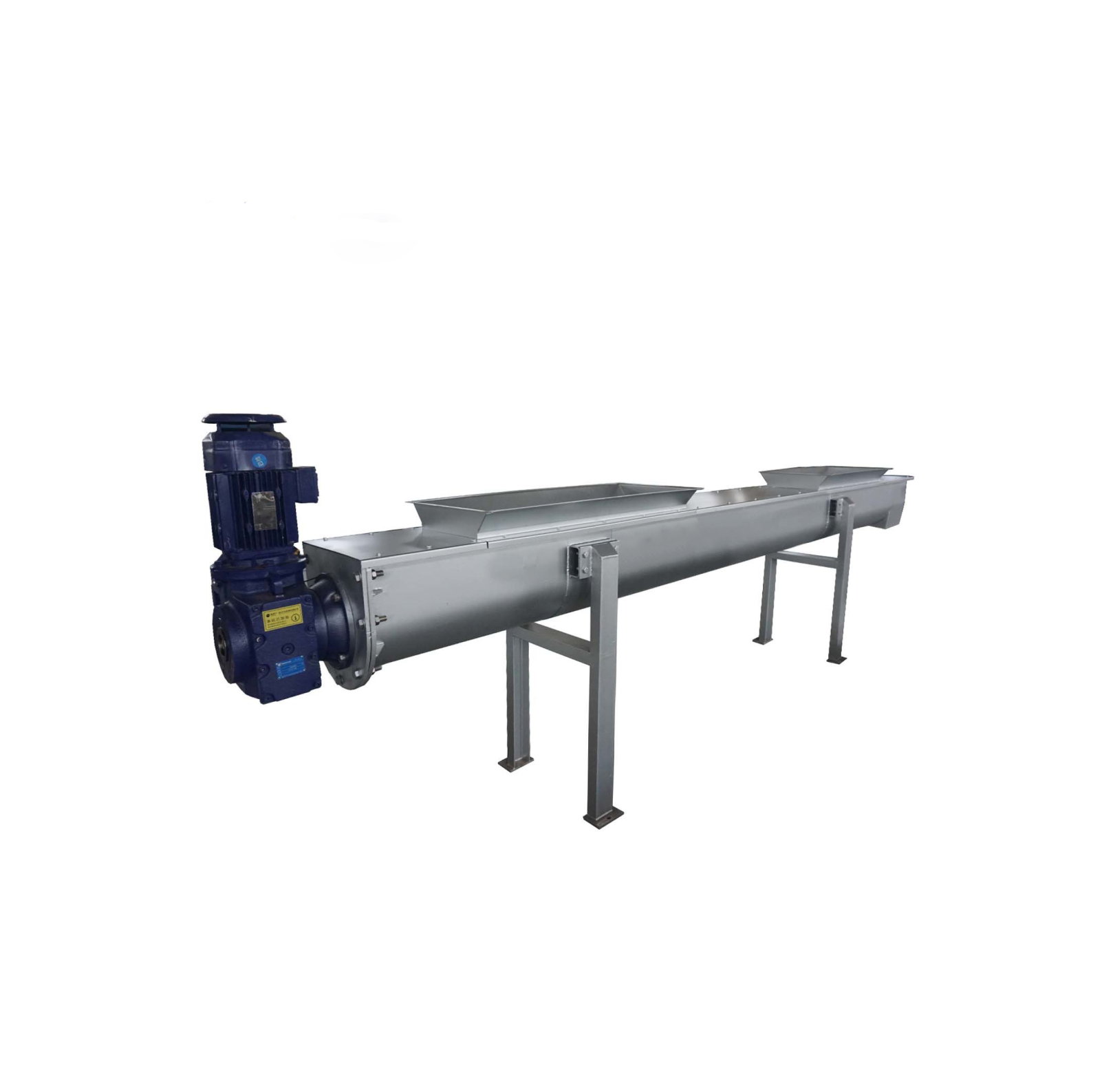In today's highly competitive market environment, companies are faced with the dual challenges of continuously improving production efficiency and reducing operating costs. In this context, high-efficiency belt conveyors, as an indispensable key equipment in modern logistics systems, are increasingly valued by the industry.

High-efficiency belt conveyors can quickly and accurately transport various materials in the production and logistics links of enterprises. Compared with traditional transportation methods, belt conveyors have greatly improved the efficiency of material handling, transportation and storage, thereby greatly shortening the production cycle. This enables enterprises to respond to market demands more quickly and achieve smooth operation of the production process.
The use of high-efficiency belt conveyors can not only improve production efficiency, but also is an important means to reduce operating costs. Due to its high stability and low failure rate, the maintenance cost of enterprises during use is relatively low. In addition, its excellent energy efficiency performance can effectively reduce energy consumption and save a lot of money for enterprises. In terms of overall operating cost control, high-efficiency belt conveyors have shown significant advantages.

The design of high-efficiency belt conveyors is flexible and diverse, and can adapt to the needs of different production scenarios and material types. For example, based on specific operation requirements, companies can choose conveyor systems with different widths, lengths and belt speeds to meet personalized production requirements. Such flexibility makes high-efficiency belt conveyors widely used in various industries.
In summary, high-efficiency belt conveyors have become an indispensable key equipment in modern production due to their significant role in improving logistics efficiency and reducing operating costs. In the future market competition, if enterprises can effectively integrate this technology, it will bring more obvious competitive advantages to their own development.
